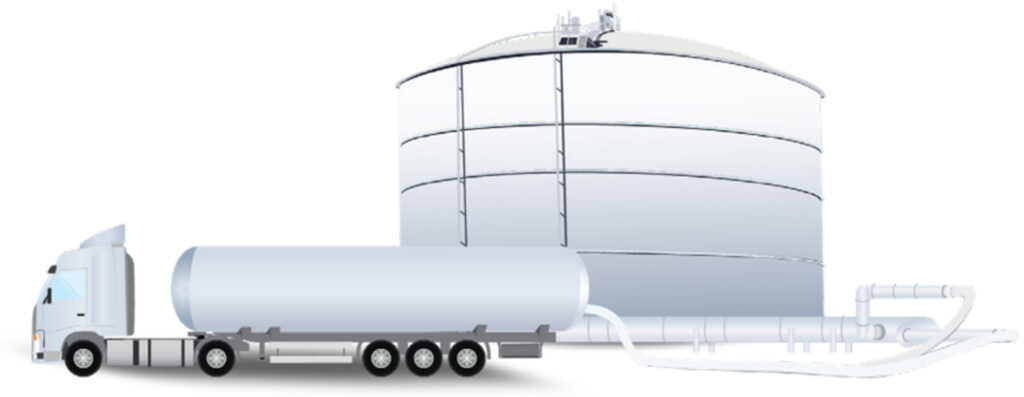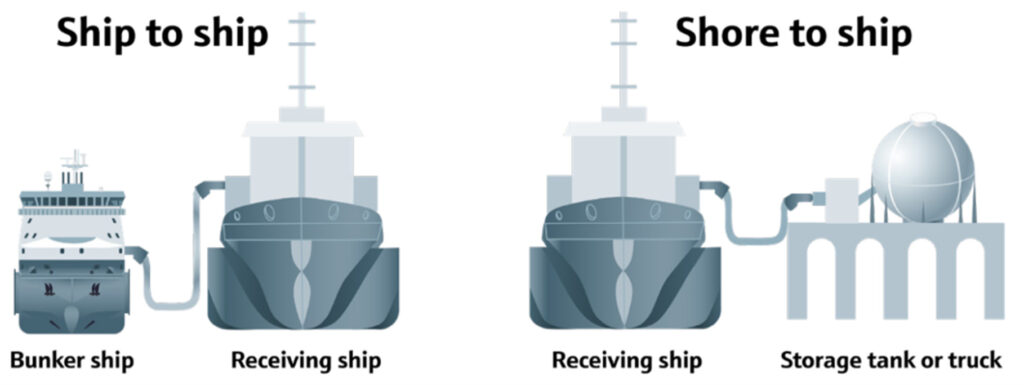Breaking down instrument calibration and verification
Instruments are vital in process environments because their measurements directly impact product quality and operational safety. However, even the most […]
Liquified natural gas (LNG) is a versatile energy source with a growing role worldwide. During custody transfer, quantity can be measured using a scale, a mass flowmeter, or a volumetric flowmeter simultaneously measuring LNG density. Quality has traditionally been measured with gas chromatography, but this measurement method has drawbacks compared to Raman spectroscopy which uses modern analyzers, such as the Endress+Hauser Raman Rxn4.
During custody transfer procedures, LNG is priced in terms of total energy content, which is determined by measuring its quantity and composition quality. Accurate assessment is essential because it assures buyers and sellers that the exchange is fair, while meeting regulatory requirements.
Custody transfer is necessary in many scenarios, one of which is transport by truck. This is common in regions with limited pipeline infrastructure. In these cases, the LNG is carried by truck from an LNG terminal to end user sites, LNG fueling stations or bunkering terminals, where it is more accessible to end users.

LNG is also becoming increasingly common as a bunker fuel for ships, requiring custody transfer from port to ship. According to the archives of the U.S Code of Federal Regulations, with the adoption of Annex VI in the MARPOL convention, the International Maritime Organization tightened limits on nitrogen oxide and sulfur oxide emissions from ships. This was done with the goal of reducing air pollution. Consequently, ship owners must either install scrubbers to reduce emissions or switch to cleaner fuel supplies, such as LNG (ECFR).
Gas chromatography requires converting LNG from its cryogenic state to a gas phase prior to analysis, and successfully vaporizing it is challenging. To ensure an accurate measurement, the vaporized LNG must retain the original composition of the liquid state, which requires all compounds to vaporize simultaneously. This is achieved through careful control of temperature, pressure and flow rate.
In addition to these difficulties, proper vaporization is time-consuming. Trucks can be loaded within 30 to 60 minutes, but some vaporizers can take over two hours to stabilize temperature, resulting in unnecessarily prolonged transfers.

Imperfections in the vaporization process are the largest contributor to analytical uncertainty, and delays are costly. Raman technology does not require adding time to transfers because it can be performed in-situ as the LNG flows in its liquid state, and it is unaffected by flow rate variations.
Gas chromatographs can also be costly to operate and maintain, consuming carrier and calibration gases as part of regular operation. Additionally, vaporizers must be well-maintained to prevent corrosion and hot spots. Additionally, extra piping must be installed to transport samples to the analyzer.
By contrast, Raman analyzers require little maintenance because they have no moving parts, insulation, or consumables. A Raman probe can be mounted within the transfer pipe, far from the analyzer, eliminating the need for separate sample collection and transport.
Raman analyzers measure LNG quality accurately and reliably, with little required maintenance, and without the complications of sample conditioning and vaporization. Our experts are ready to partner with you in every stage of optimizing your custody transfer process using Raman technology.
Instruments are vital in process environments because their measurements directly impact product quality and operational safety. However, even the most […]
Mason Flannery is a product marketing manager here at Endress+Hauser, specializing in flow measurement technologies. To help answer some frequently […]
Discover the top 10 most viewed blogs of 2022 covering challenges and solutions across all industries May 9, 2023 – […]
Comments